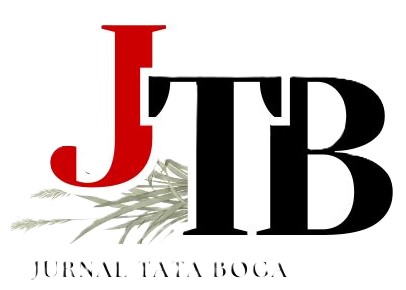SEJARAH DAN KEBERLANJUTAN KUPANG LONTONG DI KABUPATEN SIDOARJO
Isi Artikel Utama
Abstrak
Abstract: Kupang lontong is a typical of Sidoarjo dish consisting of kupang, lontong, and lentho as a complement (a kind of fried food made from shaved cassava, tolo beans, spiced grated coconut). A combination of petis herbs, raw garlic, and kupang with fresh sweet spicy sauce. The purpose of this research is to know the history and sustainability of kupang lontong in Sidoarjo. Type of research that will be used in this research, that is descriptive qualitative. Methods of data collection using observation and interview methods conducted in Sidoarjo. Research subjects included kupang traders, groups of kupang lontong sellers, Sidoarjo peoples and Food and Agriculture Department. Data analysis using qualitative descriptive method. Validity of data in this research is triangulation method which means compare and crosscheck the information obtained by comparing result of observation, interview and documentation. The result of the research is the history of kupang lontong is unknown, there is no written record and can not be traced. No one can tell the beginning of the emergence of kupang lontong dish, only known if kupang lontong dish has existed for decades ago, or even hundreds of years ago if according to the historical story of Dewi Sekardadu. But when, where, and who bring up kupang lontong as a dish, can not be known for certain. While sustainability kupang lontong only to the stage able to meet the needs of consumers and the level of consumption is not decreased. Kupang Lontong sellers in Sidoarjo just satisfied to the point of selling kupang lontong and sold in the market. Just think of it, do not want to serve kupang lontong in another form. So the government finally only focus on promoting the introducing kupang lontong to the wider community.
Keywords: kupang lontong, history, sustainability
